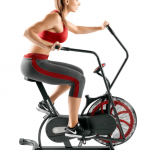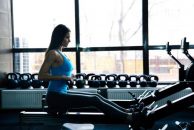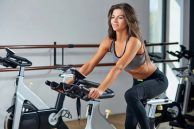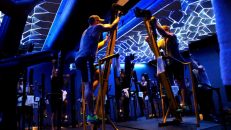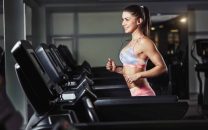Unleashing the Power of the Exercise Bike: Targeted Muscles for Total-Body Fitness
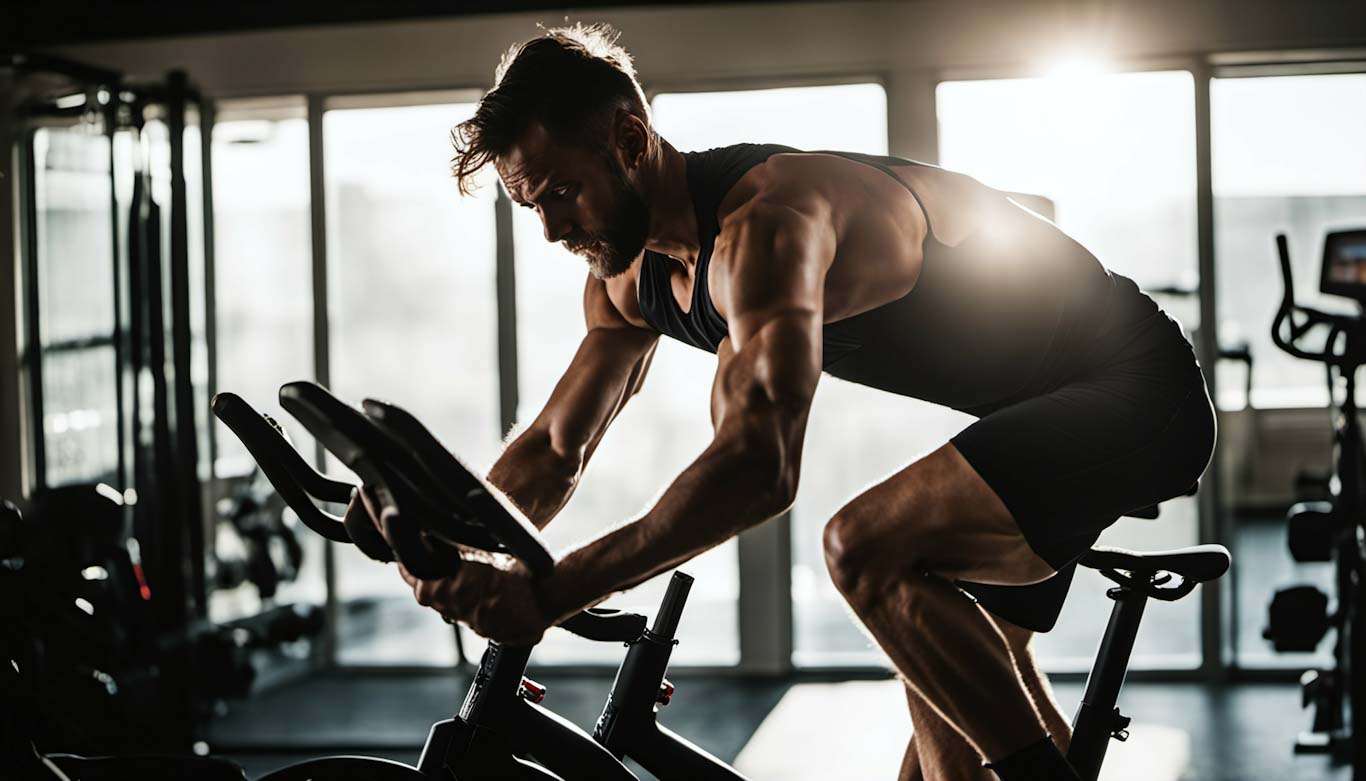
Are you ready to elevate your fitness journey to new heights? The exercise bike offers an incredible opportunity to engage multiple muscle groups and achieve a total-body workout. In this comprehensive guide, we’ll delve into the primary and secondary muscle groups that come alive during an exercise bike session. Prepare to unleash the power of cycling and experience a full-body transformation like never before!
Understanding the Mechanics of Cycling
Before we explore the targeted muscles, let’s take a moment to understand the mechanics of cycling on an exercise bike.
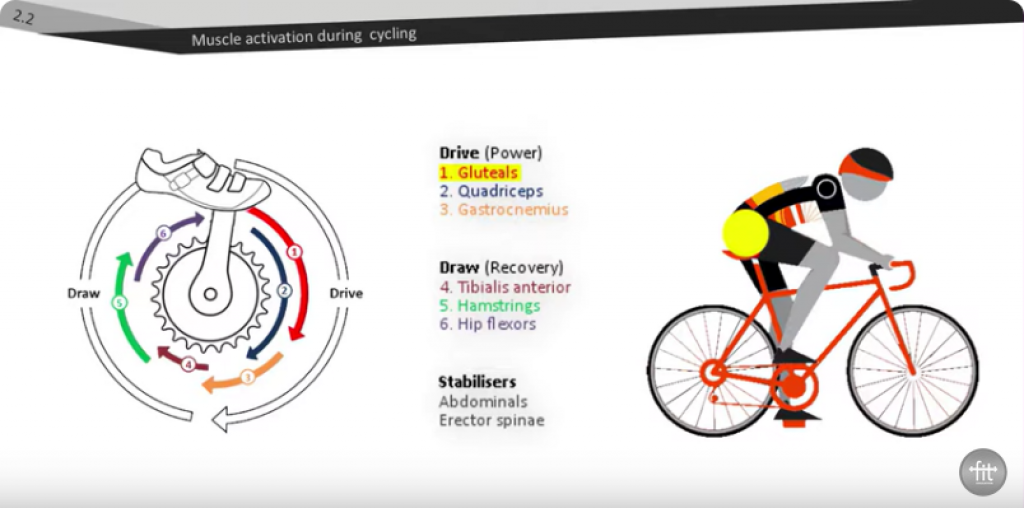
1. Gluteals
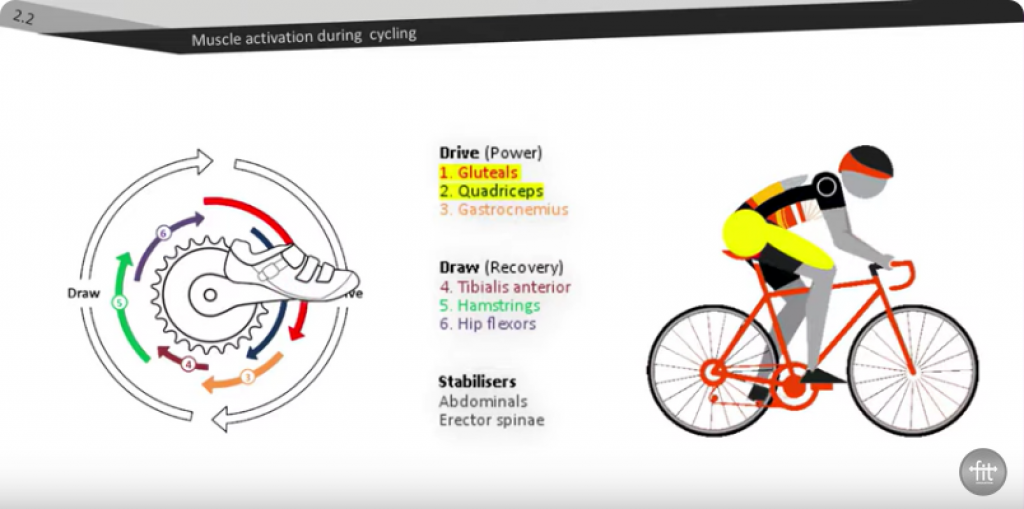
1. Gluteals 2. Quadriceps

2. Quadriceps 3. Gastrocnemius
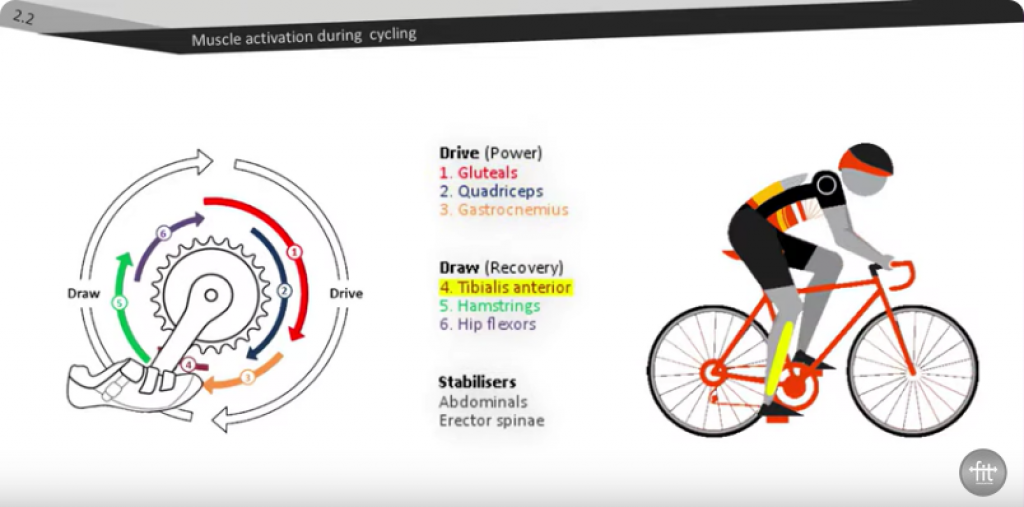
4. Tibalis anterior
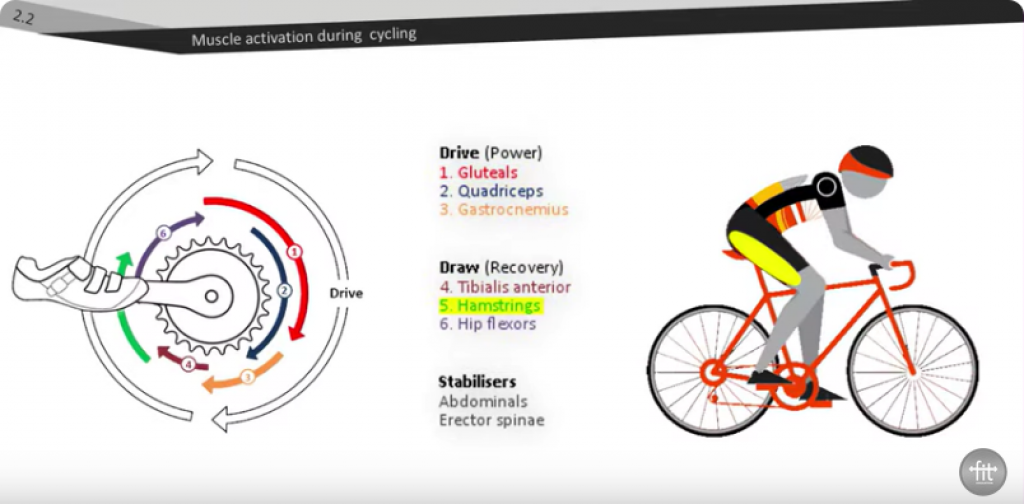
5. Hamstrings
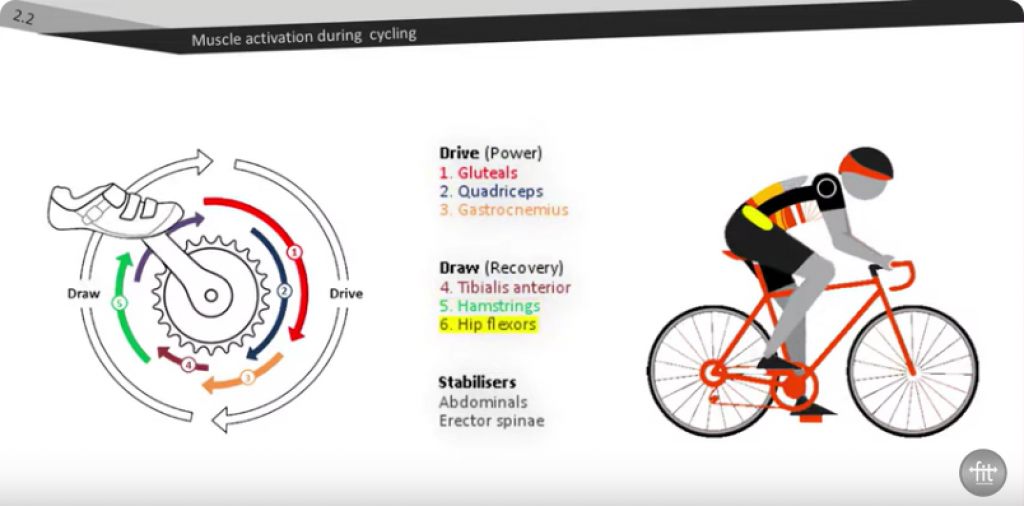
6. Hip Flexors
Image source: FIT Education
Lower Body Movement and Resistance
When you hop on an exercise bike, your legs engage in a circular pedaling motion. This movement involves your quadriceps, hamstrings, glutes, calves, and hip flexors. Adjusting the resistance levels on the exercise bike allows you to find the right challenge for your workout.
Upper Body Involvement and Stability
While the primary focus of an exercise bike workout is on the lower body, your upper body plays a crucial role in maintaining control and stability. The handlebar grip engages your deltoids, trapezius, biceps, and triceps. Additionally, core stabilization is key to maintaining balance and proper posture throughout your ride.
Primary Muscle Groups Engaged by an Exercise Bike
Now, let’s delve into the primary muscle groups that receive significant engagement during an exercise bike workout.
- Quadriceps
Your quadriceps, located in the front of your thighs, are the powerhouses of your pedal strokes. They play a key role in extending your legs during the downward stroke.
- Hamstrings
The hamstrings, located on the backside of your thighs, assist in leg flexion and work in conjunction with the quadriceps during the upward and downward pedal strokes.
- Glutes
The gluteal muscles, comprising the gluteus maximus, medius, and minimus, provide power and stability as you pedal. They propel the pedals forward and help stabilize your hips.
- Calves
The calf muscles, including the gastrocnemius and soleus, assist in ankle flexion and contribute to the power generated with each pedal stroke.
- Hip Flexors
Engaging the hip flexor muscles, such as the iliopsoas, initiates the downward pedal stroke and supports the movement of your legs.
- Core Muscles
Your core muscles, including the abdominals and lower back, play a crucial role in stabilizing your body and maintaining proper posture throughout the ride.
III. Secondary Muscle Groups Engaged by an Exercise Bike
In addition to the primary muscle groups, there are several secondary muscle groups that receive activation during an exercise bike workout.
- Deltoids and Trapezius
The deltoid muscles in your shoulders and the trapezius muscles in your upper back contribute to upper body stability and control during your ride.
- Biceps and Triceps
The biceps and triceps are engaged through the handlebar grip, assisting with upper body stability and control.
- Lower Back
The muscles of the lower back, including the erector spinae, are engaged to support proper spinal alignment and provide postural support.
- Anterior and Lateral Thigh Muscles
Secondary muscles in the front and sides of your thighs, such as the adductors and abductors, assist the primary muscle groups in leg movements and contribute to the overall pedaling motion.
Benefits of Working Multiple Muscle Groups Simultaneously
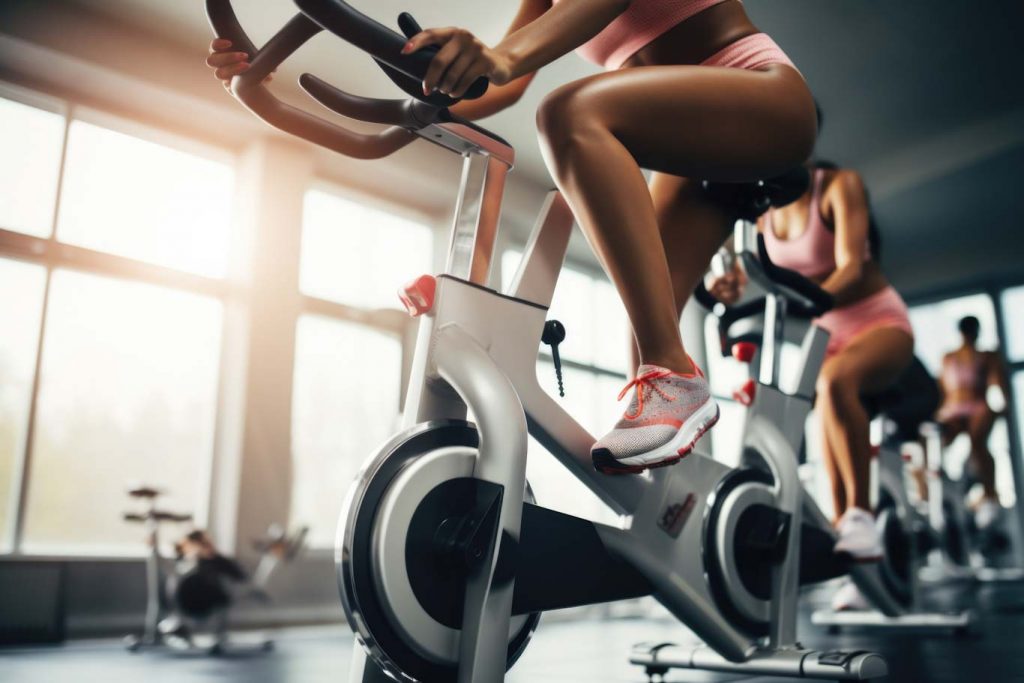
Understanding the targeted muscles during an exercise bike workout reveals the numerous benefits for total-body fitness.
Efficient Calorie Burn and Fat Loss
Engaging multiple muscle groups leads to increased caloric expenditure, making exercise bike workouts effective for burning calories and promoting fat loss.
Cardiovascular Conditioning and Endurance
Cycling on an exercise bike elevates your heart rate and improves cardiovascular health. Consistent indoor cycling workouts improve stamina and endurance over time.
Muscular Strength and Power
Working the primary and secondary muscle groups helps build strength and power in your lower body, upper body, and core. Regular exercise bike sessions lead to overall muscular development.
Postural Support and Stability
The engagement of core muscles and muscles in the lower back promotes proper postural alignment, enhancing stability and balance both on and off the bike.
Conclusion
Engaging in regular exercise bike workouts offers a remarkable opportunity to target and strengthen multiple muscle groups throughout your entire body. From the powerhouse quadriceps and glutes to the supportive hamstrings and core, cycling on an exercise bike provides a comprehensive total-body workout. Secondary muscle groups in the upper body and thighs also contribute to the overall benefits, enhancing the effectiveness of each session.
So, step onto that exercise bike with confidence, knowing that you’re activating numerous muscle groups and unleashing the full potential of your fitness journey. Embrace the power of cycling, transform your body, and achieve a level of fitness you’ve always dreamed of!
FAQs
Can you lose thigh fat by cycling?
Yes, cycling can contribute to overall fat loss, including in the thighs. Regular cycling helps burn calories, which can lead to reduced body fat, including fat in the thighs, when combined with a balanced diet and consistent exercise routine.
What muscles get weak from cycling?
Cycling primarily engages the muscles in the lower body, such as the quadriceps, hamstrings, calves, and glutes. However, other muscles, like the core and upper body muscles, can become relatively weaker if not given proper attention and balanced cross-training.
Why doesn’t cycling build muscle?
Cycling is more of an endurance-based activity, and while it does strengthen and tone the leg muscles, it may not build muscle mass as effectively as strength training exercises like weightlifting. To build significant muscle mass, incorporating resistance training is essential.
Will my legs get stronger from cycling?
Yes, cycling can lead to stronger legs, particularly the muscles used during pedaling like the quadriceps and hamstrings. Hill climbing and interval training on a bike can further enhance leg strength.
Is cycling good for your knees?
Cycling is generally considered a low-impact exercise that is gentle on the knees. It can be beneficial for those with knee issues as it provides cardiovascular exercise without excessive stress on the joint. Proper bike setup and maintaining good pedaling form are important to minimize strain on the knees.
Related guide: Recumbent Bike Benefits
What changes occur in the body after cycling for 30 days?
After 30 days of consistent cycling, you may experience several benefits such as improved cardiovascular fitness, increased leg strength and endurance, potential weight loss, and enhanced mood due to the release of endorphins. Remember, results vary based on factors like intensity, frequency, and your starting fitness level.
Further reading and references:
- Eur J Appl Physiol. 2016; Quadriceps and hamstring muscle activity during cycling
- Int J Environ Res Public Health. 2022 Oct; Effects of Different Pedaling Positions on Muscle Usage
- Physical Therapy in Sport Volume 6, Issue 2, May 2005 – Muscle recruitment pattern in cycling
- Journal of NeuroEngineering and Rehabilitation volume 11, Article number: 146 (2014) – Muscle activations during semi-reclined cycling

